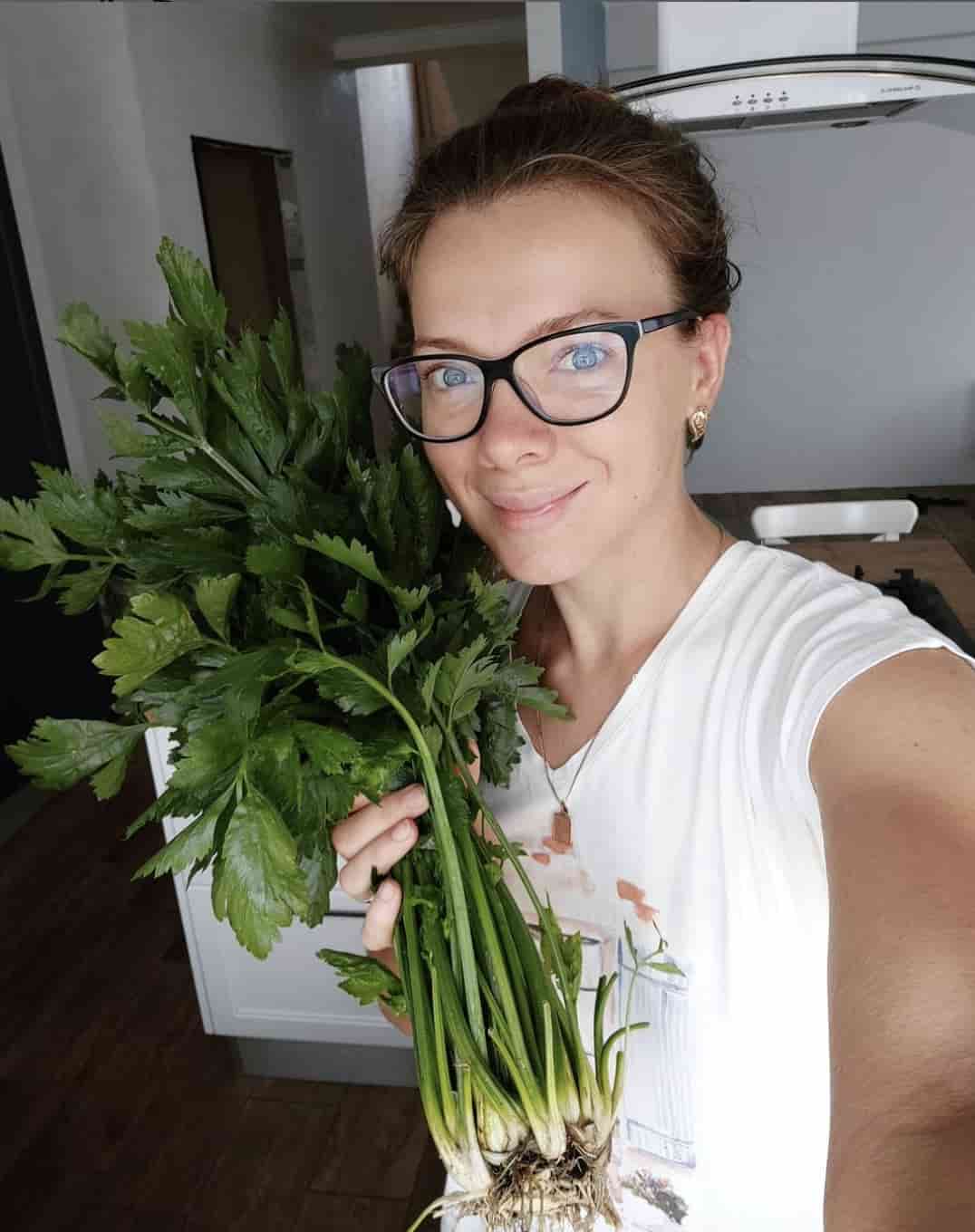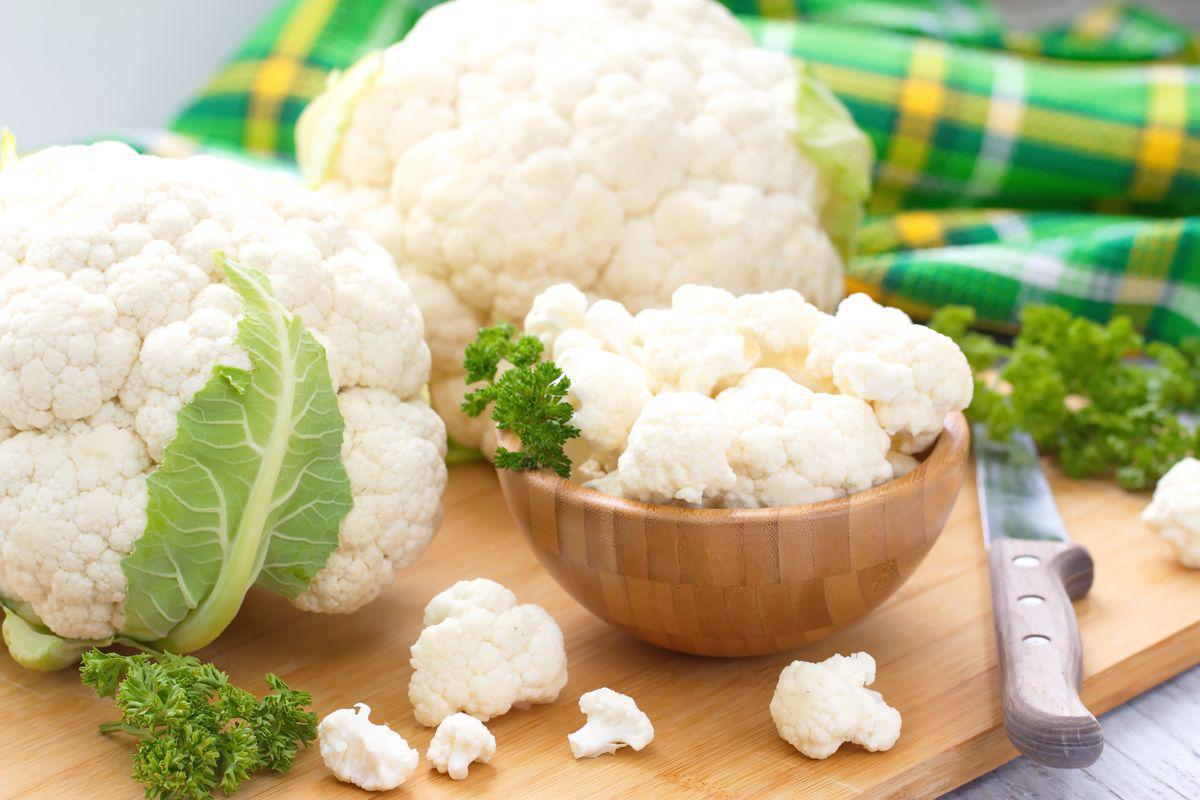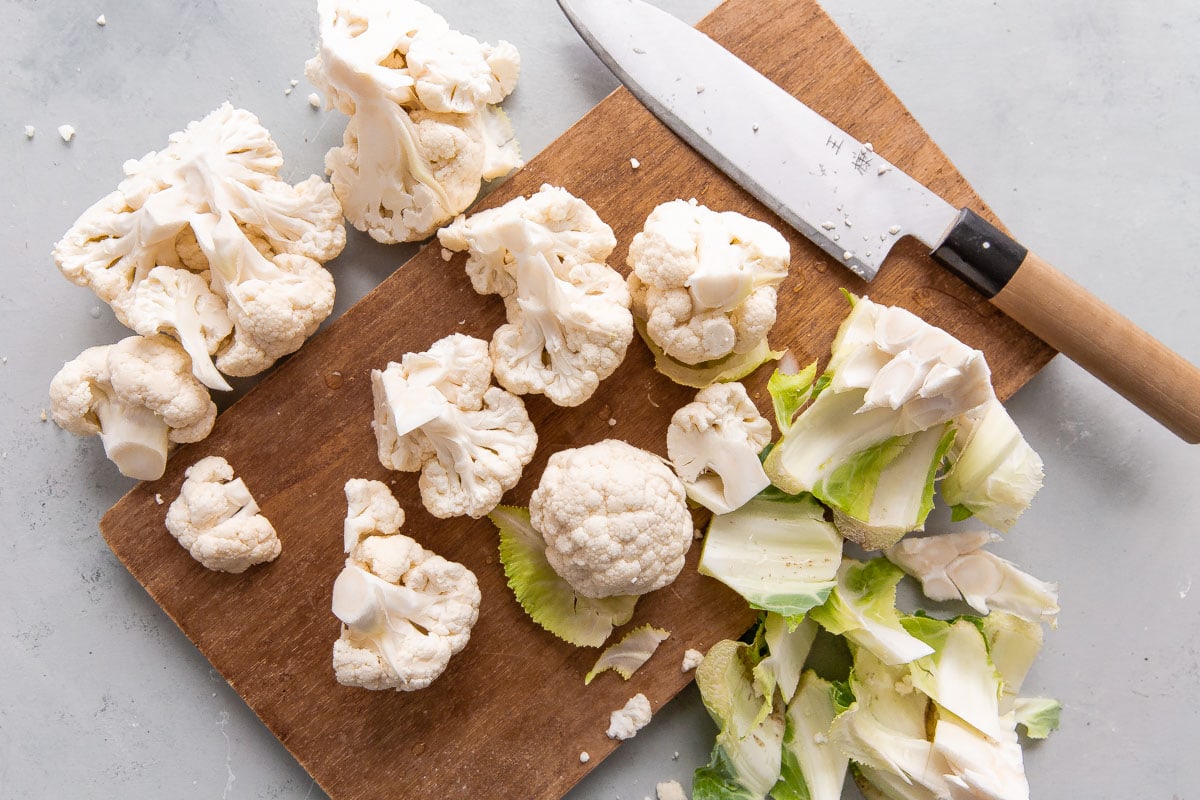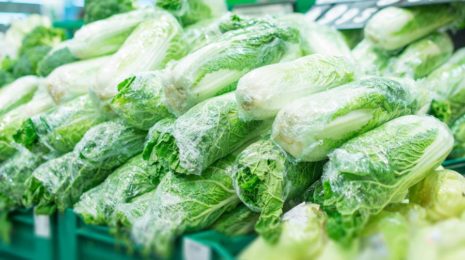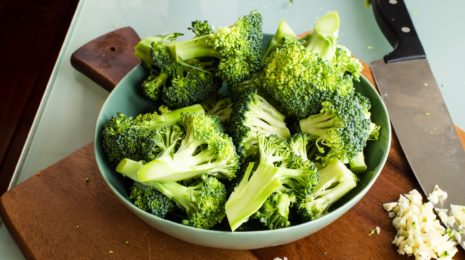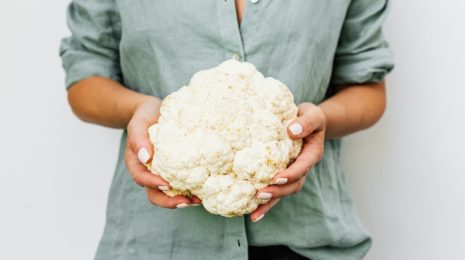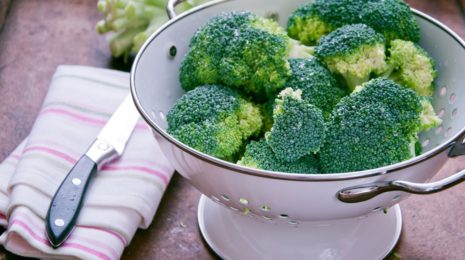This comprehensive guide dives deep into the best methods for cleaning cauliflower to ensure purity and retain its nutritional value. From basic rinsing techniques to more profound soaking methods using salt, vinegar, and lemon juice, each process is meticulously detailed. The article also provides insights into the best practices for drying and storing this cruciferous vegetable and highlights common cleaning mistakes to avoid. With a special nod to agrarian wisdom, this piece educates and enriches, ensuring every bite of your cauliflower is as pure as nature intended.
Why Cleaning Cauliflower is Essential
Removing Dirt And Pesticides
As any seasoned farmer or gardener will tell you, the earth is both the nourishing mother and the challenging adversary. Cauliflowers, with their intricate floret patterns, tend to trap particles of dirt and occasionally harmful pesticides. If not adequately cleaned, we risk ingesting these contaminants, which defeats the purpose of eating fresh and healthy.
Nutritional Benefits Of Cauliflower
Cauliflower, much like its cruciferous relatives, is a treasure trove of nutrients. From essential vitamins to potent antioxidants, it’s a powerhouse that supports our health. But, cleaning it properly ensures that these benefits aren’t marred by unwanted external agents. Remember, a clean cauliflower is the cornerstone to accessing its wealth of nutrients.
How to Clean Cauliflower
Preparing The Cauliflower
A fresh cauliflower, with its green leaves snugly holding the white head, is truly a sight to behold. But before diving into its depths, start by gently peeling away the outer leaves. These leaves, though often discarded, can also be consumed if they’re fresh and green. Next, using a sharp knife, trim off the stem. While doing so, make sure you don’t cut too deep, as this could break the florets apart. Picture yourself as a sculptor, slowly chiseling away to reveal the art within.
Rinsing Method
After the initial preparations, the heart of the cleaning process begins. Holding the cauliflower head under cold, running water, let the water cascade through the florets. Gently turn and manipulate the vegetable, ensuring each nook and cranny is reached. Imagine each floret as an individual entity, deserving of its own attention. As the water runs through, you’ll witness the release of trapped dirt and debris, bringing you one step closer to culinary perfection.
Quick Tips For Efficient Rinsing
Deep Cleaning Methods
Soaking in Salt Water
Before delving into this traditional yet incredibly effective method, it’s essential to understand why our ancestors, who worked closely with the earth, held the saltwater soak in high regard.
Benefits of this method
Salt, a gift from our oceans and salt flats, has been a preservation ally for millennia. When introduced to cauliflower, it serves a dual purpose. Firstly, it acts as a gentle abrasive, helping to dislodge any tenacious dirt particles. Additionally, many tiny insects that might have found refuge within the florets dislike the salinity and will readily abandon their hideouts.
Step-by-step guide
Vinegar Bath
Ah, vinegar! This pungent liquid has always been more than just a condiment on the farmer’s table.
Why vinegar is effective
Vinegar, in its essence, is acetic acid. This mild acid is capable of breaking down some pesticide residues and acts as a natural disinfectant. It’s nature’s own way of ensuring our harvest is as pure as the morning dew.
Proportions and soaking time
Lemon Juice Method
Lemon, with its burst of citrusy aroma, plays more than just the role of a flavor enhancer.
Advantages of using lemon juice
Lemon juice, laden with citric acid, acts as a natural antiseptic. Not only does it aid in cleaning, but its aromatic properties can also refresh the cauliflower, ridding it of any stale odors it might have acquired during storage.
How to do it
Drying and Storing
Towel Drying vs. Air Drying
The dampness left on cauliflower post-cleaning is a crossroad every kitchen artist reaches. Choosing between towel drying and air drying depends largely on personal preference, yet understanding the pros and cons can guide the decision.
Towel Drying: This method offers immediacy. By patting the cauliflower gently with a clean kitchen towel, you remove excess water rapidly. It’s particularly useful if you’re about to cook the vegetable immediately. However, it’s essential to ensure the towel is impeccably clean to prevent any cross-contamination.
Air Drying: Letting nature do its work, air drying involves placing the cleaned cauliflower in a colander or on a drying rack, allowing it to naturally shed moisture. This passive method ensures no physical harm comes to the delicate florets but demands patience.
Best Practices for Storing to Maintain Freshness
- Cool and Dry: Always store cauliflower in a cool and dry environment, preferably in the crisper drawer of your refrigerator.
- Ventilation: Use perforated plastic bags or mesh bags to ensure the cauliflower breathes, reducing the risk of mold and bacterial growth.
- Stem Down: Store it stem-side down to prevent moisture from collecting between the florets.
- Avoid Crowding: Give your cauliflower space. Crowding can cause it to become damp, leading to premature rot.
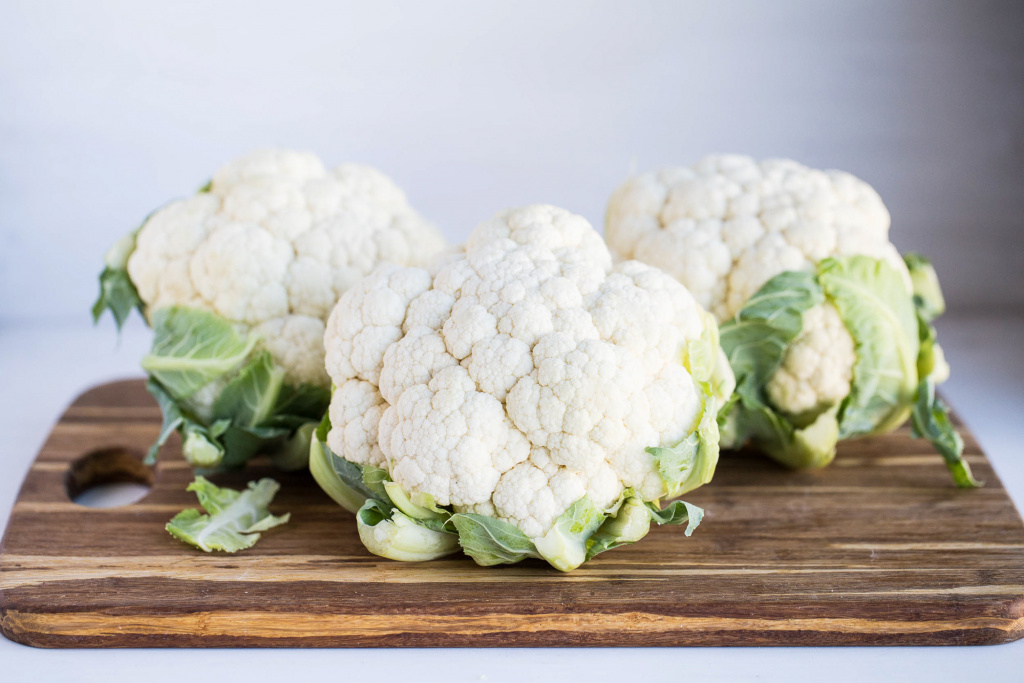
Common Mistakes to Avoid While Cleaning
Over-soaking: Risks and Consequences
While soaking can be an effective way to clean cauliflower, moderation is key. Over-soaking can lead to waterlogged florets, compromising the vegetable’s texture and taste. Moreover, extended soaking might leach away some water-soluble vitamins.
Using Harsh Chemicals
In a bid to ensure cleanliness, one might be tempted to use harsh chemicals or soaps. However, these can leave toxic residues behind, defeating the purpose of cleaning in the first place. Natural agents like salt, vinegar, and lemon are your best allies.
Not Examining for Bugs
Especially for those indulging in organic produce, occasional insect hideaways are not uncommon. After cleaning, a meticulous visual examination is paramount to ensure no tiny guests remain.
Conclusion
Cauliflower, a gift of nature, deserves our utmost care from field to plate. Cleaning, drying, and storing it correctly not only enhances its taste and nutritional value but also pays homage to the labor and love poured into its cultivation. As you savor its crunchy delight, remember that the path to perfect cauliflower is paved with patience, knowledge, and reverence for Mother Earth.
FAQ
Absolutely! Just ensure it's thoroughly dried before freezing. Blanching before freezing can help maintain texture.
When stored correctly, it can last up to 1-2 weeks. However, it's best consumed when fresh.
It's advisable to prepare a fresh solution for each cleaning session to ensure maximum effectiveness and hygiene.
While homegrown cauliflowers might have fewer pesticides, they still can have dirt and occasional insects. Cleaning is always recommended, though it might be less intensive compared to store-bought varieties.
Baking soda can act as a gentle abrasive and is safe to use. However, ensure thorough rinsing afterward to remove any residue and prevent any slight alteration in taste.

